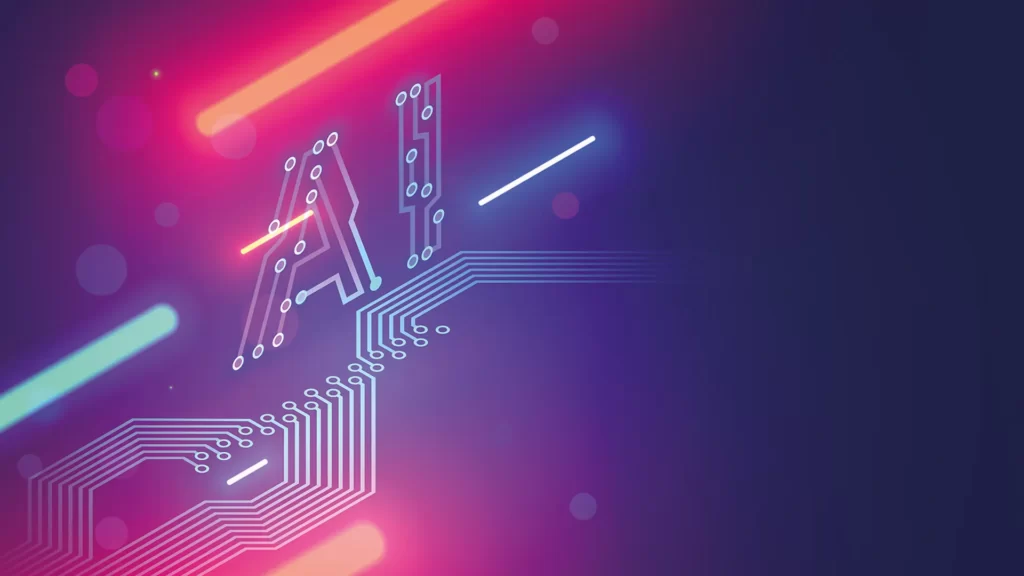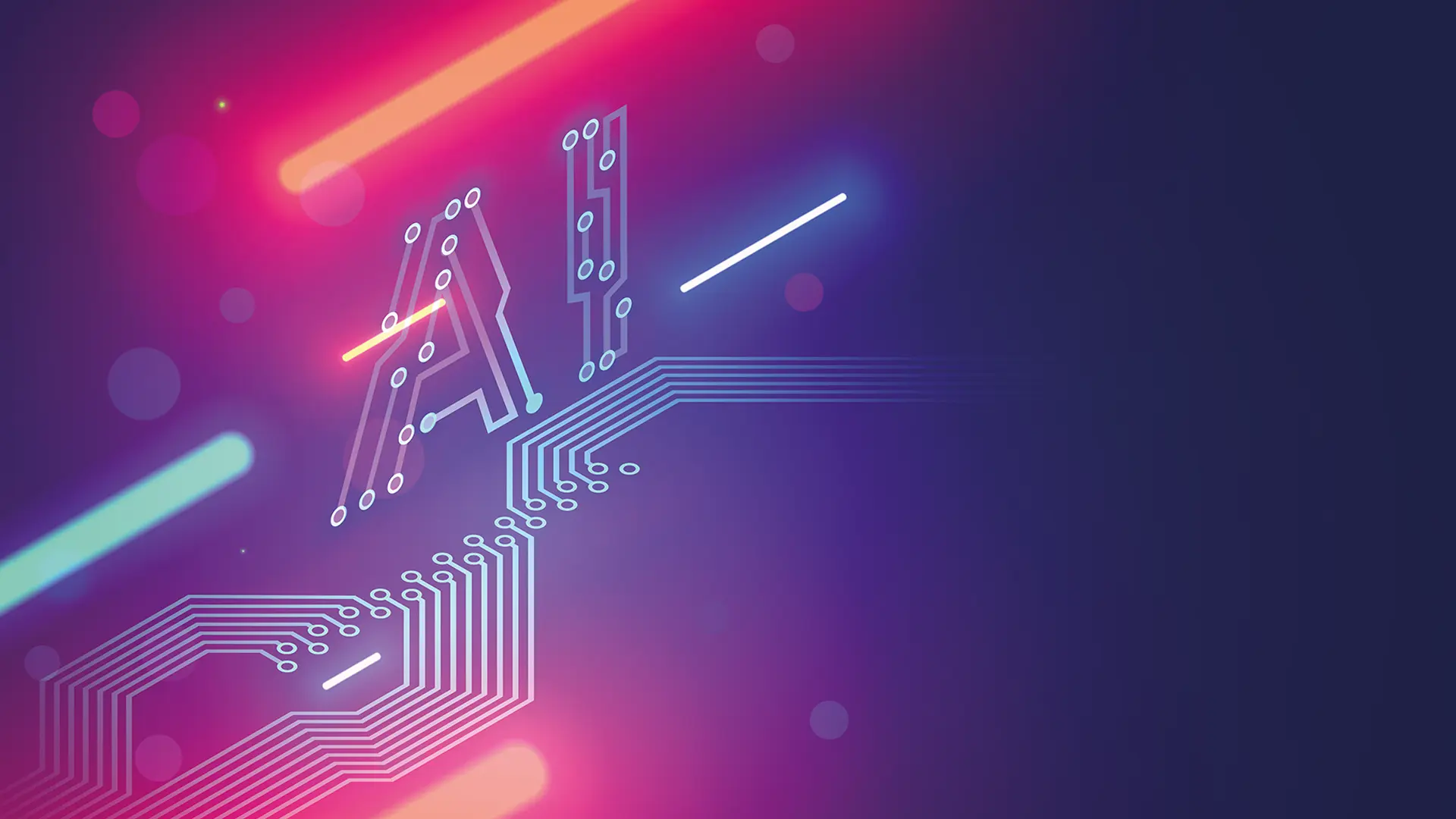As AI systems produce increasingly sophisticated and diverse images, we are witnessing a paradigm shift in how we perceive and value human-created art. This transformation will elevate the status and worth of human artistry.
The Evolving Value of Creativity
The advent of Artificial Intelligence (AI) continues to redefine the boundaries of human capability and creativity. One of the most striking developments in this space is AI’s ability to generate images, a feat that is already reshaping the value we place on human-created art. Much like the automation of factories by robots, AI is poised to revolutionise creative industries. Paradoxically, as AI-generated images proliferate, the scarcity—and thus the value—of human-made art is set to increase.
The Rise of AI-Generated Images
AI’s capability to produce intricate and aesthetically pleasing images has advanced rapidly. Utilising deep learning and neural networks, AI can now create artwork that is not only visually stunning but also diverse in style and content. These AI-generated images can be produced in a fraction of the time it would take a human artist, and at a scale that is practically limitless. This development mirrors the historical automation of manufacturing processes, where robots enhanced efficiency and output in factories.
The Changing Value of Art
As AI begins to dominate the landscape of image creation, we should start seeing a fascinating shift in artistic value. The ubiquity of AI-generated images should lead to a new appreciation for human-made art, much like the way handcrafted goods gained prestige and value in the face of mass-produced items. There are many factors that will have impact on that, including:
- Scarcity and Authenticity: In a world inundated with AI-generated images, the scarcity of human-created art will become a critical factor in its valuation. Handcrafted artworks, imbued with the unique touch and emotional depth of their creators, will stand out as authentic and original. This scarcity will drive their desirability and, consequently, their market value.
- Human Touch and Emotional Connection: While AI can mimic styles and techniques, it lacks the emotional and experiential depth that human artists bring to their work. The personal stories, cultural contexts, and individual experiences that influence human creativity cannot be replicated by algorithms. Art that resonates emotionally with people, therefore, will retain a unique and irreplaceable value.
- Innovative Expression: Human creativity is not just about replicating existing styles but also about innovation and pushing boundaries. As AI takes over more routine and replicative tasks, human artists are free to explore new frontiers of artistic expression. This pioneering spirit in human art will become a distinguishing factor, elevating its worth in a market saturated with AI reproductions.
The Dual Impact on Creative Industries
The integration of AI into creative industries will undoubtedly lead to significant shifts. On one hand, some creative jobs may become redundant, as AI proves capable of handling tasks that once required human intervention. This is reminiscent of how robots replaced many manual jobs in factories. On the other hand, this very shift is likely to increase the value of human creativity.
- Reallocation of Roles: As AI assumes roles in image generation, human creatives may find new opportunities in areas that AI cannot easily replicate. This includes conceptual design, strategic artistic direction, and roles that require a deep understanding of human experiences and emotions.
- Enhanced Collaboration: The future of creativity is not necessarily a zero-sum game between humans and AI. Instead, it offers potential for collaboration where AI tools can assist human artists, enhancing their productivity and enabling more ambitious projects. This symbiotic relationship can elevate the overall standard of creative output.
- Increased Appreciation: The displacement of certain creative roles by AI could lead to a broader societal appreciation of human artistry. Just as handcrafted items became more valued in the age of industrialisation, human-created art may garner greater recognition and respect in an AI-dominated creative landscape.
Embracing the Future
As we navigate this transformative era, it is crucial to embrace the changes brought by AI while preserving the intrinsic value of human creativity. Supporting artists, promoting innovative expression, and fostering an appreciation for the emotional and cultural dimensions of human-created art will be essential.
The future of creativity lies in understanding and balancing the contributions of both AI and human ingenuity. By doing so, we can ensure that the value of human creativity not only endures but flourishes in an increasingly automated world. This approach will help maintain a vibrant, diverse, and enriched artistic landscape, where the distinct value of human work is recognised and celebrated.

